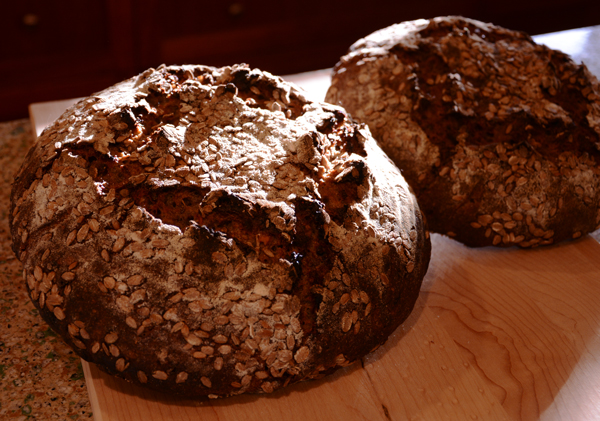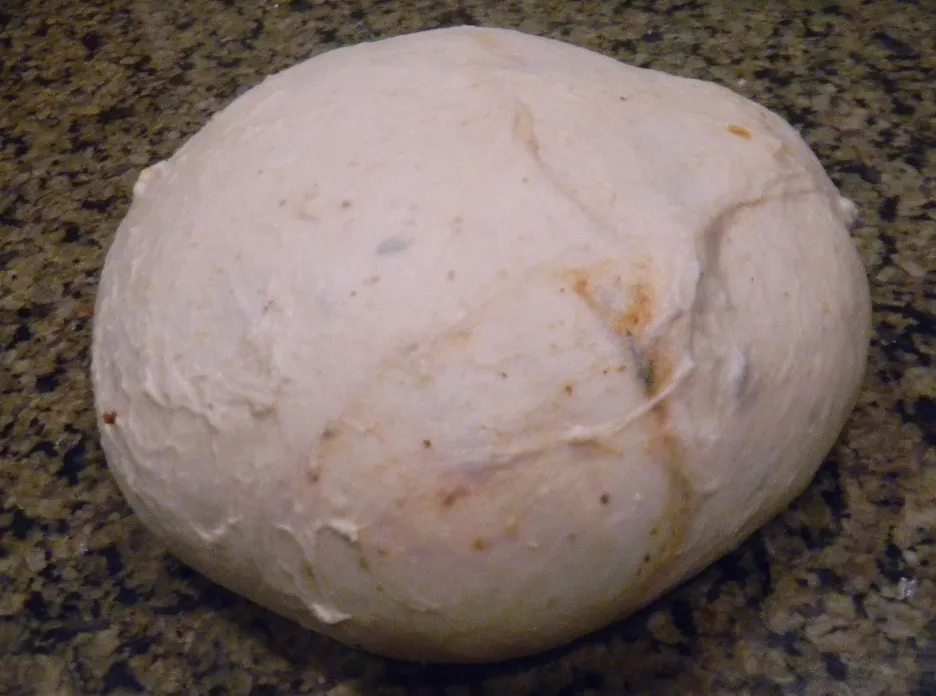Crumb for the rye loaf

Crumb for the previously shown rye loaf.
- Log in or register to post comments
- View post
- biology4u's Blog

Crumb for the previously shown rye loaf.

I've been baking a bit the past few weeks. Above is a 20% whole wheat sourdough I baked a week or so ago. The crumb:

For our Christmas dinner I whipped up something like the Buttermilk Cluster:


Once again from Peter Reinhart's BBA, but I did change up a couple of things in this half version. I soaked 2 Tbs of dehydrated onion and 1/2 Tbs dehydrated garlic in boiling water. I reduced the amount of milk from his suggested 114g to 54g and used the onion water for the rest of the liquid.

Hello everyone,
I wanted to try making another porridge bread from Tartine Book Nº3 - so this is a try at making the Rye Porridge bread, retarding warmer, and baking hotter, than the previous bake.


David Snyder’s Pizza Post this week was the impetus Lucy needed to use up the last of the Panettone SD /YW levain. The girls were begging for their favorite poolish Focaccia Romana crust but not throwing away levain came first.
My daughter’s U of A, Chain Gang little, #6, was coming through Gilbert on here way back from CA to the U of A but got caught up in traffic and had to settle for left over pizza instead of right out of the oven.

Pumpernickel rye recipe from Bread Baker's Apprentice.
Pumpernickel rye recipe from Bread Baker's Apprentice.

First try with the Poilane-Style Miche recipe.
In the interest of increasing the odds of my following said resolutions, here's this year's short & sweet list:

I have been busy baking. Not all bread. Been working on my pastry and cakes. Wanted to share some pics for your amusement and inspiration.
First up is my experimentation with the Tzang method, focaccia.

And here it is out of the oven.
